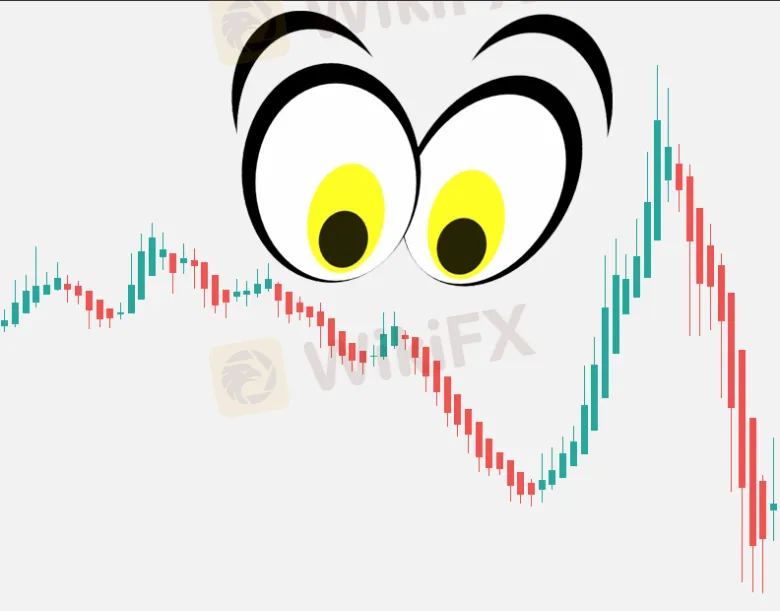简体中文
繁體中文
English
Pусский
日本語
ภาษาไทย
Tiếng Việt
Bahasa Indonesia
Español
हिन्दी
Filippiiniläinen
Français
Deutsch
Português
Türkçe
한국어
العربية
What is Heikin Ashi, and how does it work?
Abstract:The three most common chart types are probably familiar to you: line chart, bar chart, and candlestick chart. However, there is another form of chart that you should be aware of, which employs a completely different technique of displaying price activity. The Heikin Ashi is a Japanese measurement system.
What is Heikin Ashi?
The three most common chart types are probably familiar to you: line chart, bar chart, and candlestick chart.
However, there is another form of chart that you should be aware of, which employs a completely different technique of displaying price activity.
The Heikin Ashi is a Japanese measurement system.
Do you like the beer?

No, no, and no. Let's focus right now. This isn't about beer at all!
It's all about CHARTS here! (Despite the fact that the spelling seems to be fairly close.
“Heikin Ashi,” also known as “Heikin-Ashi” or “Heiken Ashi,” is a charting style that looks like a traditional Japanese candlestick chart at first glance.
The approach by which candlesticks are calculated and plotted on a chart differs.
Because they show possible reversals (like a shooting star) or breakouts (like a bullish marubozu closing above a resistance level), traditional Japanese candlesticks can help you discover ideal entry locations.
But what if you're already in a trade?
When applied to a price chart, the Heikin Ashi approach can assist you decide whether to stay in or exit a transaction.
For traders who want to know whether to stay in a trade and ride a strong trend and when to get out when the trend weakens, Heikin Ashi charts make candlestick charts more readable.
Heikin Ashi is a modified candlestick charting approach that rearranges the price display to provide trend traders a stronger level of confidence when deciding whether to stay in or exit a trade. Heikin Ashi charts are an alternative to standard Japanese candlestick charts used by some traders, usually longer-term traders.
Others combine them with conventional Japanese candlestick charts, switching back and forth between the two.
What is Heikin Ashi, and how does it work?
Heikin means “average” in Japanese, and Ashi means “pace.” As a result, Heikin Ashi refers to the “average price tempo.”
Heikin Ashi is a candlestick charting approach that helps to filter out market noise.
Munehisa Homma, a rice merchant from Sakata, Japan, invented the Heikin Ashi method hundreds of years ago.
As Darth Vader is to Luke Skywalker, Munehisa is to Heikin Ashi.
Homma found out that by watching the rice market's price motion, he could “see” and exploit the psychological behavior of other market participants.
An example of a Heikin Ashi chart is as follows:

The chart is visible to the untrained eye to be a normal Japanese candlestick chart.
A body and an upper and/or lower shadow (or wick) are found on each Heiki Ashi candlestick.

Isn't it the same thing?
Nope.
The two forms of candlestick charts have a significant distinction.
Let's find out what the difference is.
Disclaimer:
The views in this article only represent the author's personal views, and do not constitute investment advice on this platform. This platform does not guarantee the accuracy, completeness and timeliness of the information in the article, and will not be liable for any loss caused by the use of or reliance on the information in the article.
Read more

Forex is a game that I enjoy playing
These champions have one thing in common: they not only work their butts off, but they also enjoy what they do.

Wait patiently. Maintain your discipline
"Patience is the key to everything," American comic Arnold H. Glasgow once quipped. The chicken is gotten by hatching the egg rather than crushing it."

There isn't a Holy Grail to be found!
Ask any Wall Street quant (the highly nerdy math and physics PhDs who build complicated algorithmic trading techniques) why there isn't a "holy grail" indicator, approach, or system that generates revenues on a regular basis.

Concentrate on the Process. Profits aren't a priority
We've designed the School of WikiFX as simple and enjoyable as possible to help you learn and comprehend the fundamental tools and best practices used by forex traders all over the world, but keep in mind that a tool or strategy is only as good as the person who uses it.
WikiFX Broker
Currency Calculator






